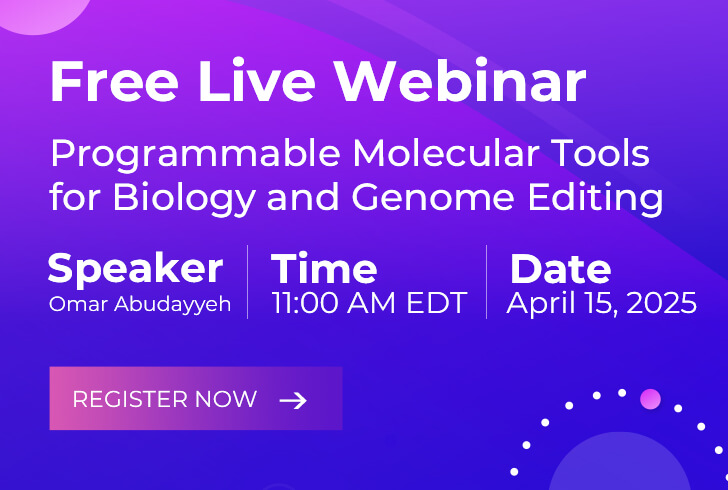Amyotrophic Lateral Sclerosis (ALS)
Adeno-associated virus (AAV) vector is the preferred choice for gene therapies of neurological diseases like amyotrophic lateral sclerosis (ALS). Having been committed to gene therapy for decades of years, Creative Biolabs has accumulated experience in offering extensively one-stop AAV vector design and optimization services for the gene therapy of ALS.
Introduction of Amyotrophic Lateral Sclerosis (ALS)
ALS, also known as Charcot disease, motor neuron disease, and Lou Gehrig's disease, is a progressive neurodegenerative disorder of the human motor system. ALS is a specific disease that destroys motor neurons and other neuronal cells and causes the death of neurons controlling voluntary muscles, leading to severe disability and eventual death from ventilatory failure. The specific pathogenesis of most ALS remains unclear, which probably is implicated in gene mutations, neuro-cytotoxicity induced by excessive glutamic acid, immune response disorder, some protein mishandling in neurocytes, etc.
No specific cure for ALS by now. Current physical therapy, management, and drugs cannot reverse the systematic damage caused by ALS, but play a large role in controlling and slowing the progression of ALS symptoms by alleviating pain, improving the quality of life and prolonging survival. New therapies, such as innovative agents, stem cell therapy, gene therapy, are energetically being developed.
AAV Vector-Based Gene Therapy for ALS
Over 30 genes have been identified predisposed to ALS, four of which have been reported to be involved in the pathogenesis of familial ALS, namely C9orf72, superoxide dismutase 1 (SOD1), FUS, and TPD-43. These four genes are the main target for ALS gene therapies. For gene therapy of neurological diseases like ALS, the biggest challenge is to transfer the therapeutic gene fragments into the nerve tissues due to the blood-brain barrier. Exactly, AAV or optimized AAV is able to cross the blood-brain barrier with good neuro-tropism and non-toxicity, which is an ideal vehicle for gene therapy of ALS. For an instance, AAV vectors have been used to deliver therapeutic interfering RNA (RNAi) to the nerve tissues to decrease the expression of the SOD1 gene, a gene considered to be the leading cause of ALS. Currently, numbers of AAV vector-based gene therapy investigations performed on the animal models have shown the excellent therapeutic potential of ALS, and several of them have already successfully entered the pre-clinical research stage.
 Figure 1. Schematic representation of possible gene therapy approaches in ALS treatment. (Picher-Martel, 2016)
Figure 1. Schematic representation of possible gene therapy approaches in ALS treatment. (Picher-Martel, 2016)
Services
As a senior expert in terms of gene therapy, Creative Biolabs provides customized AAV design and modification services for the gene therapy of a diversity of human diseases. Aided by our advanced technology platform, we can modify, replace, or silence the mutant genes using engineered AAV vectors according to specific demands. Please feel free to contact us for more detailed information and get a customized AAV vector design service.
Reference
- Picher-Martel, V.; et al. (2016). From animal models to human disease: a genetic approach for personalized medicine in ALS. Acta Neuropathologica Communications. 4(1): 70. Distributed under Open Access license CC BY 4.0, without modification.

